A farm’s success starts with healthy soil. Without it, plants struggle to grow, and yields suffer. But if your soil isn’t up to par, don’t worry—you can build rich, fertile soil from scratch. Healthy soil is more than just dirt; it’s a living system full of nutrients, organic matter, and microorganisms that work together to support plant life.
By following a few simple steps, you can transform even poor soil into a thriving environment for your plants.

This guide will walk you through the process, from understanding your current soil condition to enriching it with organic matter and nutrients.
Whether you’re a beginner or an experienced gardener, these tips will help you create the perfect foundation for a successful garden.
Table of Contents
ToggleWhat Makes Soil Healthy?
Healthy soil is more than just dirt. It’s a living system full of tiny organisms, nutrients, and organic matter that all work together to support plant life. When soil is healthy, it has a good balance of:
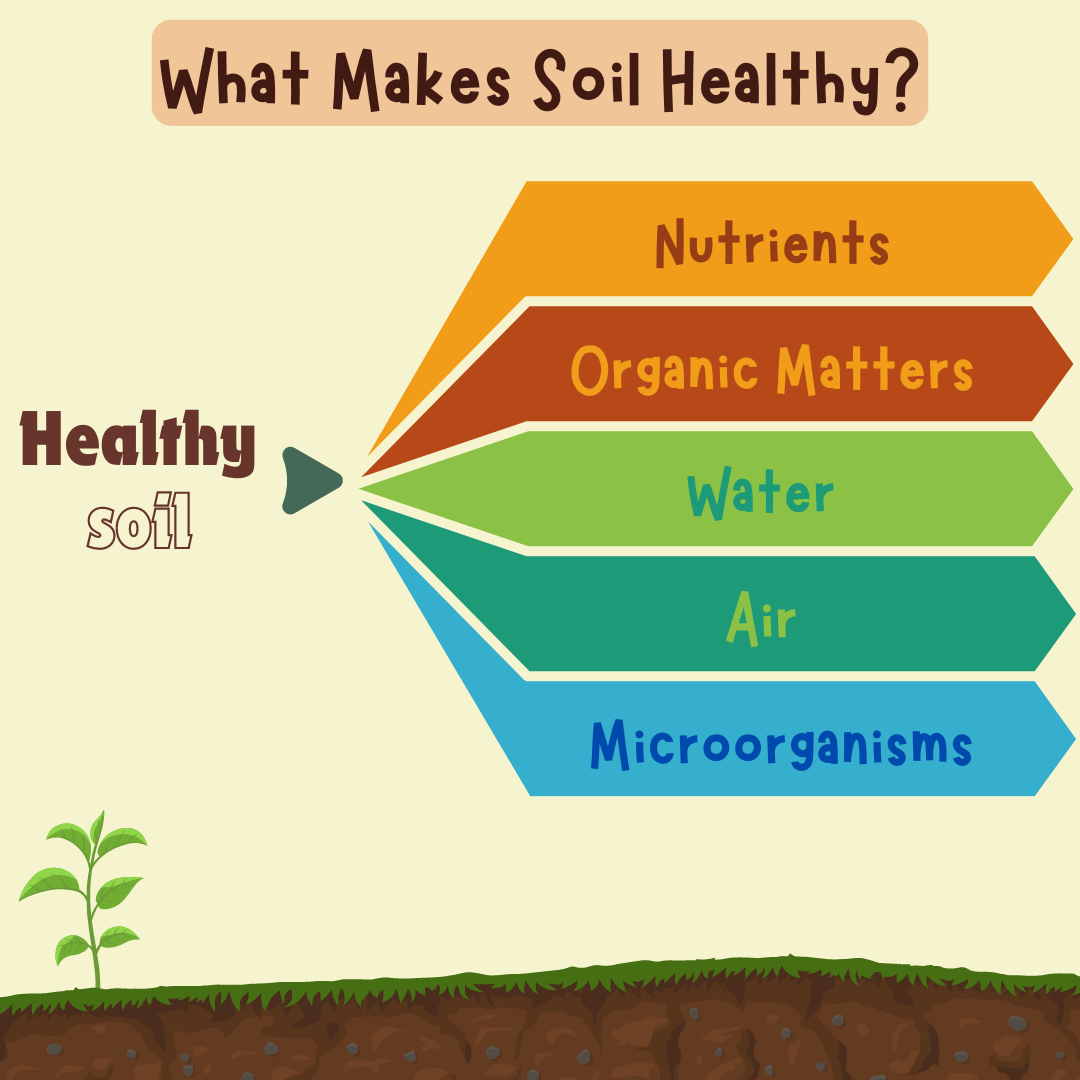
- Nutrients: Nitrogen, phosphorus, and potassium, which are essential for plant growth.
- Organic Matter: This includes decomposed plants and animals that enrich the soil.
- Water: Soil should hold water without getting too soggy.
- Air: Roots need air to breathe, so the soil should have spaces (pores) to let air in.
- Microorganisms: Tiny creatures like bacteria and fungi help break down organic matter and release nutrients.
When these elements are balanced, your soil will be fertile, and your plants will grow strong.
Step 1: Check Your Current Soil
Before you start improving your soil, it’s important to understand what you’re working with. This means checking your soil’s texture, pH level, and nutrient content.
How to Test Your Soil
You can easily test your soil using a soil test kit, which you can find at most garden stores. Alternatively, you can send a sample to a local agricultural extension service for a more detailed analysis. Here’s what you’ll find out:
- pH Level: This tells you how acidic or alkaline your soil is. Most plants prefer a pH between 6.0 and 7.0.
- Nutrient Levels: The test will show if your soil has enough essential nutrients like nitrogen, phosphorus, and potassium.
- Organic Matter Content: This tells you how much-decomposed plant and animal material is in your soil, which is crucial for fertility.

Checking Soil Texture
Soil texture refers to the proportion of sand, silt, and clay. To check your soil texture, take a handful of moist soil and rub it between your fingers:
- Sandy Soil: Feels gritty and doesn’t hold water well.
- Silty Soil: Feels smooth and holds moisture better.
- Clay Soil: Feels sticky and heavy, holding too much water and making it hard for roots to grow.
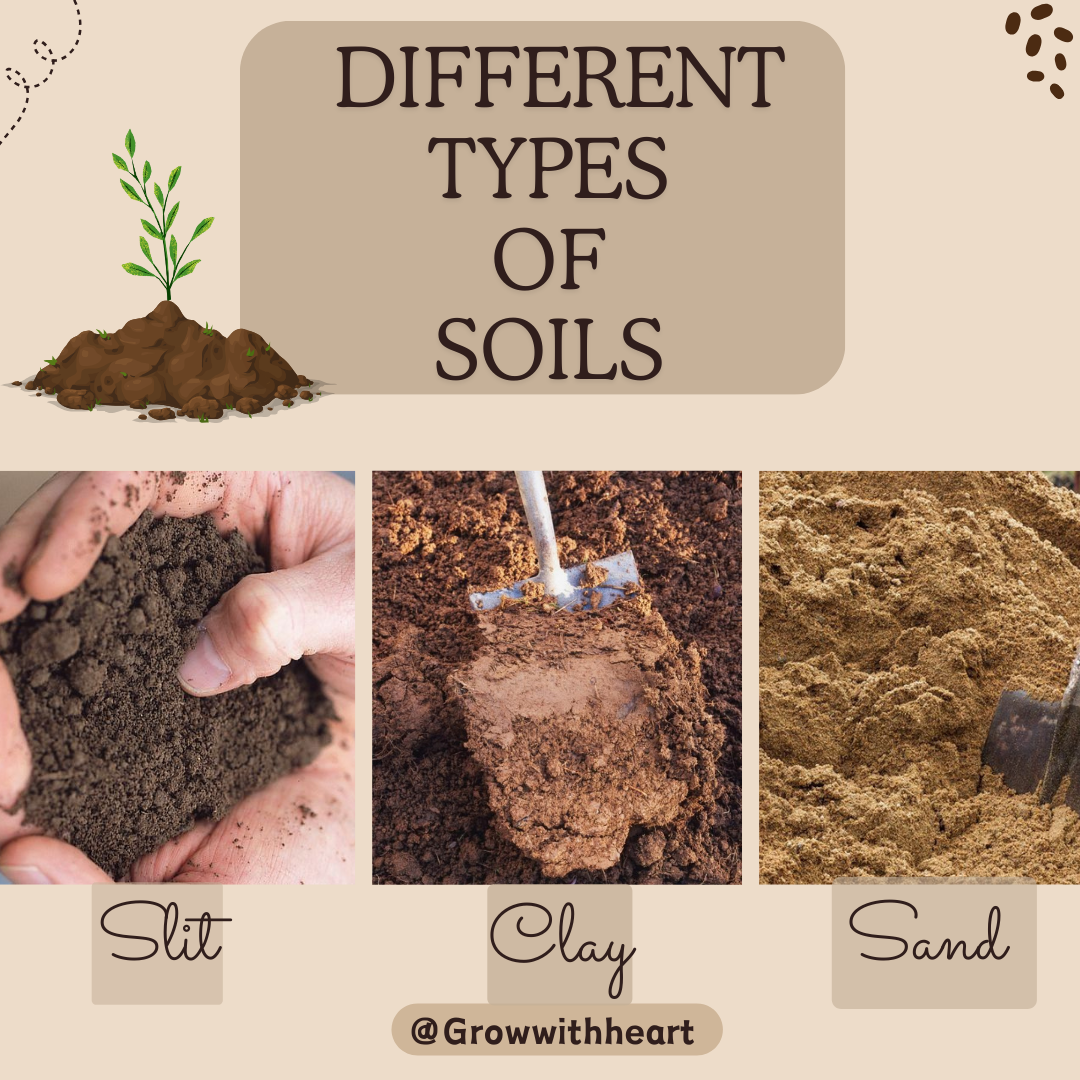
Understanding your soil’s texture will help you decide what improvements are needed.
Step 2: Improve Soil Structure
Soil structure refers to how soil particles stick together in clumps (aggregates). Good soil structure means that roots can easily grow, water can drain, and air can circulate.
Adding Organic Matter
Organic matter is the most important ingredient for healthy soil. It helps improve soil structure, adds nutrients, and increases the soil’s ability to hold water. Here’s how to add it:
- Compost: This is decomposed plant material. Spread a 2-3 inch layer of compost over your soil and mix it into the top 6-8 inches. Compost improves soil texture, adds nutrients, and encourages earthworms.
- Manure: Well-rotted manure is another great organic matter source. It adds nutrients and improves soil structure, just like compost.
- Leaf Mold: Decomposed leaves, known as leaf mold, are excellent for improving soil structure and moisture retention.
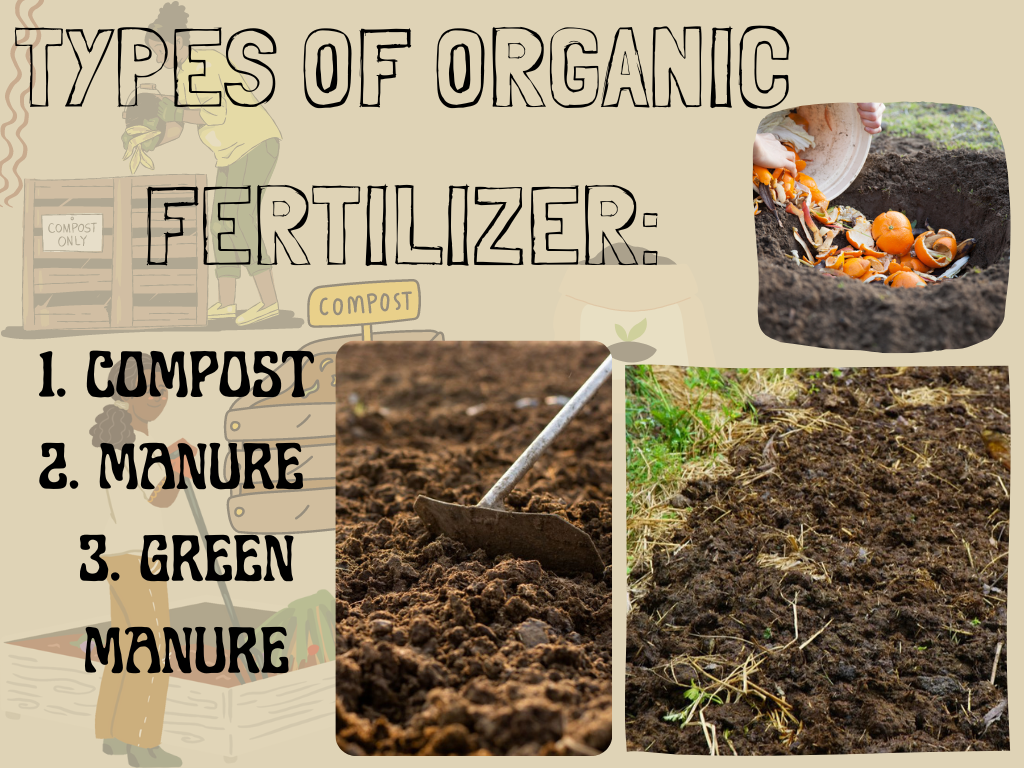
Avoiding Soil Compaction
Compacted soil is when soil particles are pressed too closely together, which reduces air space and makes it hard for roots to grow. To avoid this:
- Don’t Walk on Garden Beds: Walking on your garden beds, especially when the soil is wet, compacts the soil.
- Use Mulch: Mulch is a layer of material (like straw, leaves, or wood chips) spread over the soil surface. It protects the soil from heavy rain and keeps it from compacting.
Step 3: Balance the Soil pH
Soil pH is a measure of how acidic or alkaline your soil is. If your pH is too high (alkaline) or too low (acidic), your plants won’t be able to absorb nutrients properly.

How to Adjust Soil pH
- If the pH is Too Low (Too Acidic): Add lime (ground limestone) to raise the pH and make it more alkaline. Follow the instructions on the lime package to determine how much to use.
- If the pH is Too High (Too Alkaline): Add sulfur or organic matter like pine needles to lower the pH and make it more acidic.
After making adjustments, retest your soil after a few months to see if the pH has changed as needed.
Step 4: Boost Soil Fertility
Soil fertility refers to how rich in nutrients your soil is. Plants need a steady supply of nutrients to grow healthy and produce a good harvest.
Using Organic Fertilizers
Organic fertilizers release nutrients slowly over time, providing a steady supply for your plants. Here are some good options:

- Compost: Adds a balanced mix of nutrients and improves soil structure.
- Manure: Adds nitrogen and helps improve soil texture.
Rotate Crops and Use Cover Crops
Crop rotation means growing different types of plants in different areas each year. This practice prevents nutrient depletion and reduces pest problems.
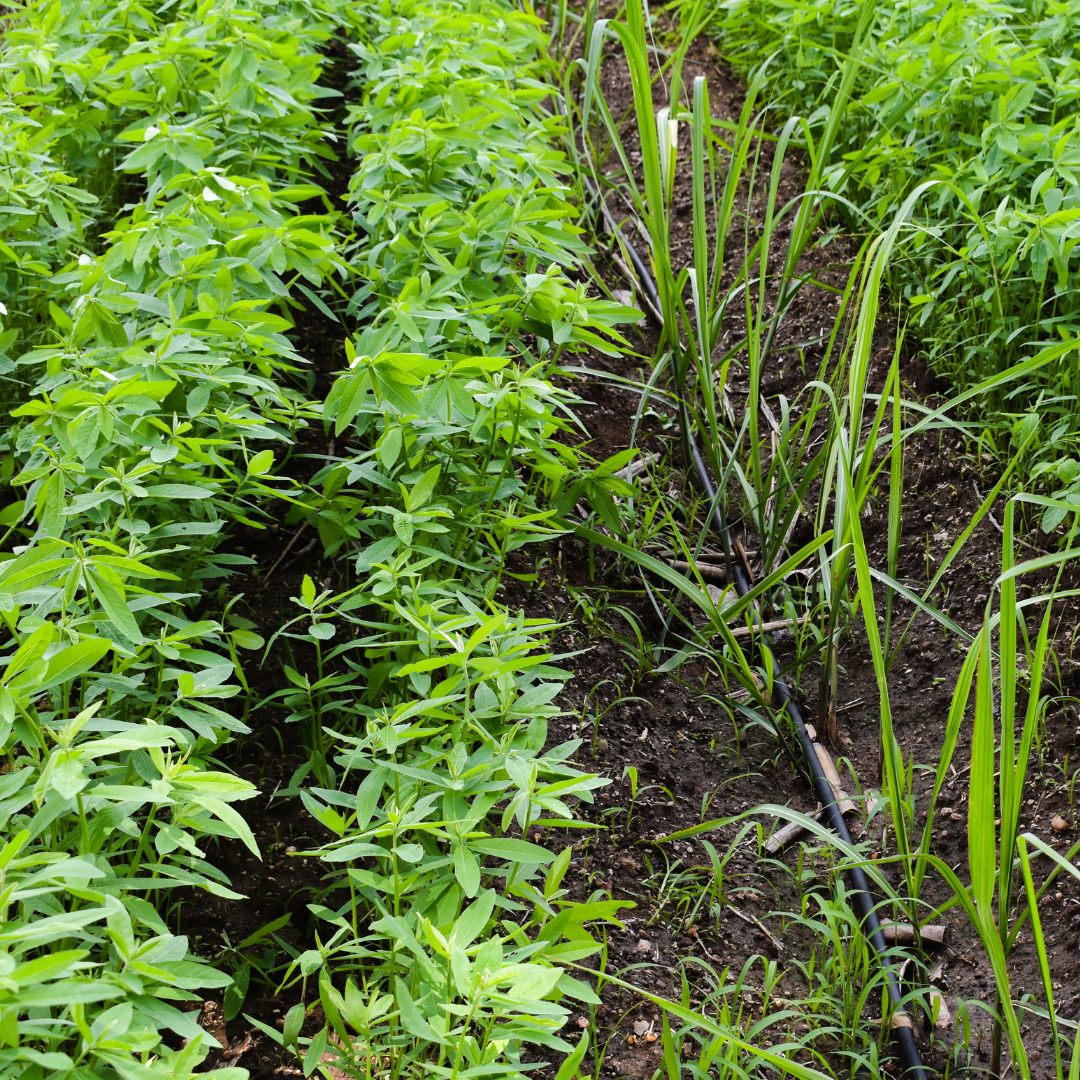
- Cover Crops: These are plants like clover or rye that you grow during the off-season. They help fix nitrogen in the soil and prevent erosion. When you turn them into the soil, they also add organic matter.
Step 5: Encourage Soil Life
Healthy soil is full of life, with microorganisms, earthworms, and other creatures working together to break down organic matter and recycle nutrients.
How to Support Soil Microorganisms
Microorganisms like bacteria and fungi are crucial for breaking down organic matter and releasing nutrients. Here’s how to encourage them:
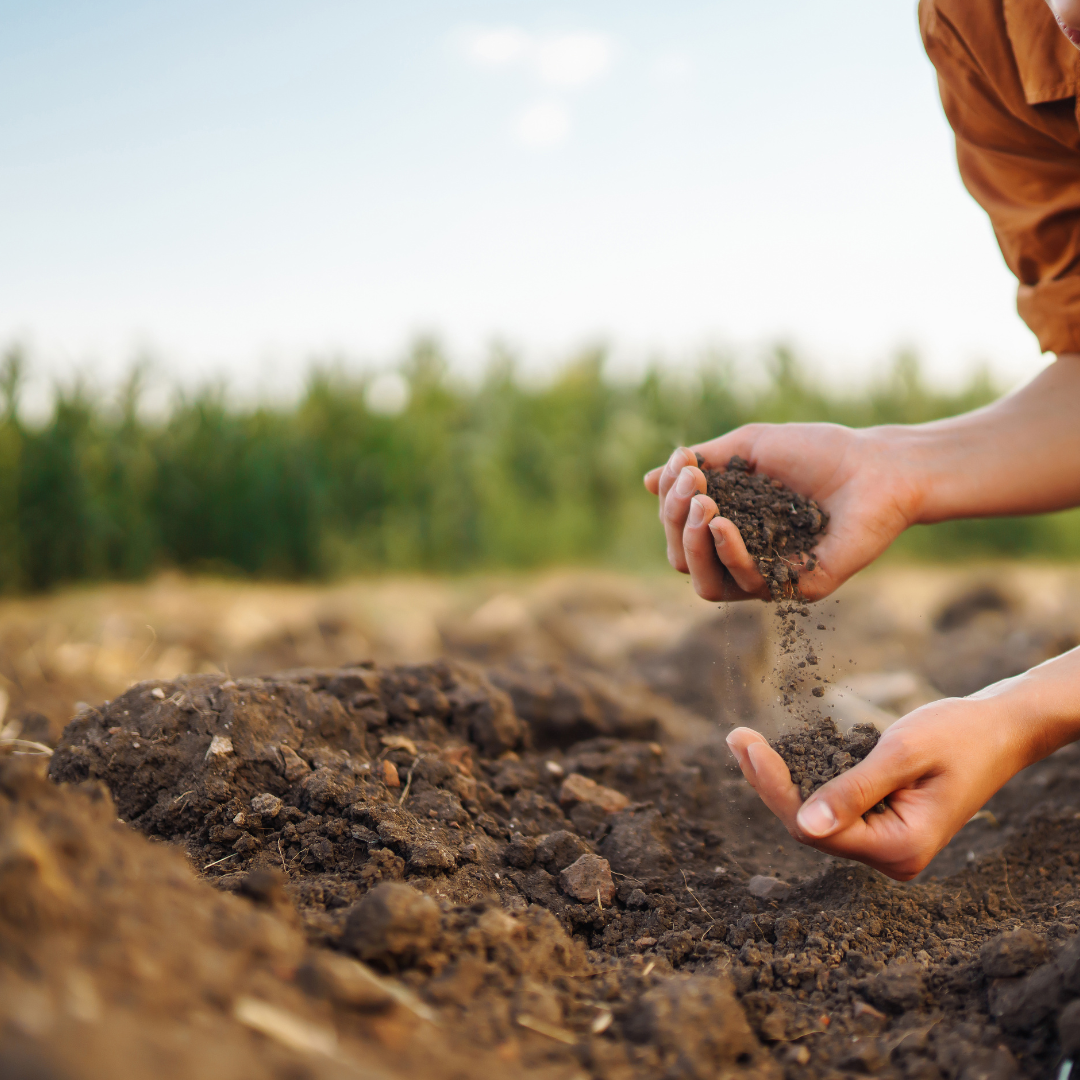
- Add Organic Matter Regularly: Keep adding compost, manure, or leaf mold to feed the microorganisms.
- Avoid Chemical Pesticides: These can kill beneficial soil organisms, so it’s best to use natural pest control methods.
- Maintain Moisture: Keep the soil moist but not waterlogged. Overwatering can suffocate soil organisms.
Introducing Earthworms
Earthworms are incredibly beneficial for soil health. They help aerate the soil, improve drainage, and mix in organic matter. To attract earthworms:
- Keep the Soil Moist: Earthworms need moisture to survive.
- Add Organic Matter: Earthworms feed on organic material, so adding compost or manure will encourage them to thrive.
Step 6: Mulch for Better Soil
Mulching is one of the simplest and most effective ways to improve soil health. It helps retain moisture, regulate soil temperature, and reduce weeds.
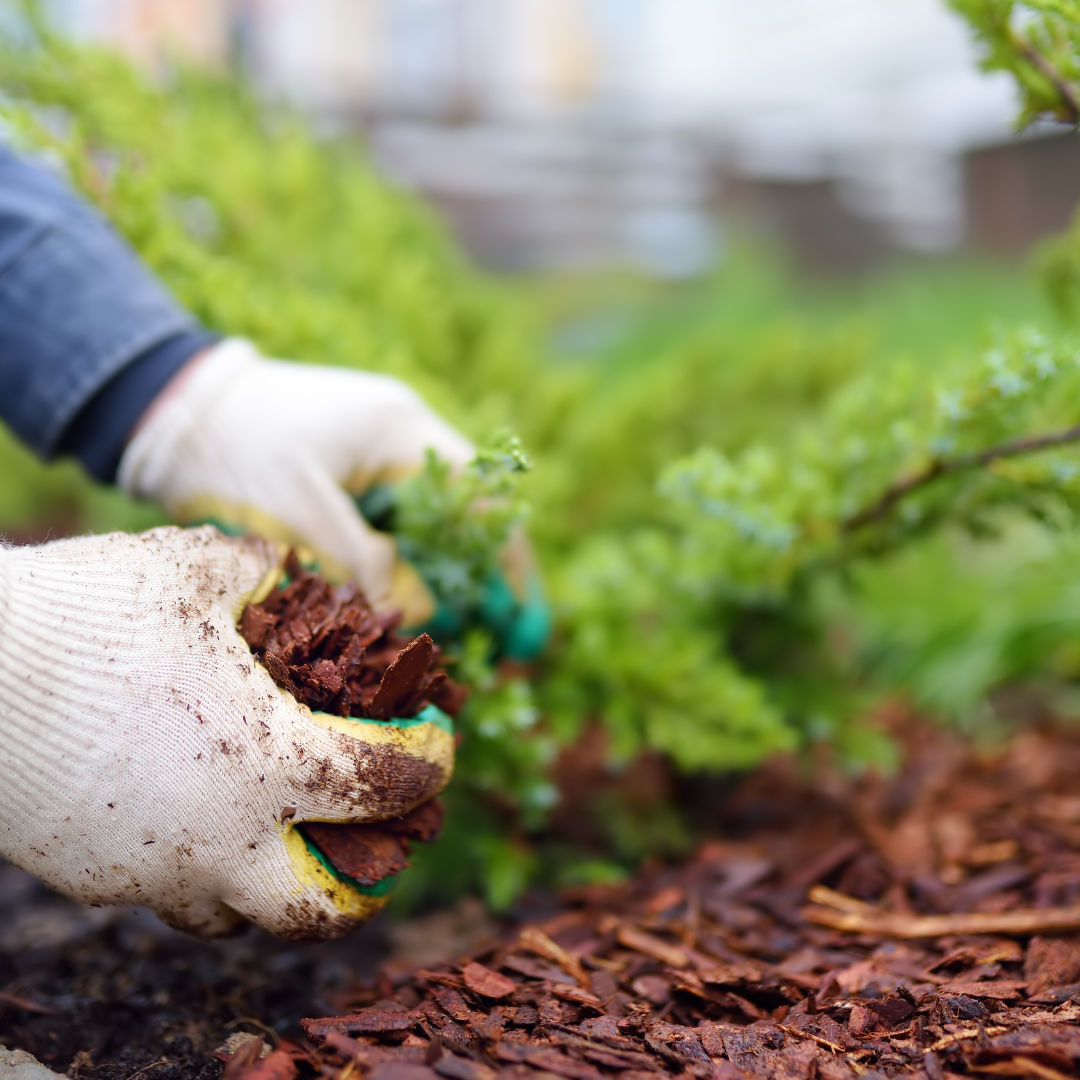
How to Choose the Right Mulch
- Organic Mulch: Materials like straw, leaves, grass clippings, and wood chips break down over time, adding nutrients to the soil. Apply a 2-3 inch layer around your plants, but keep it away from the stems to prevent rot.
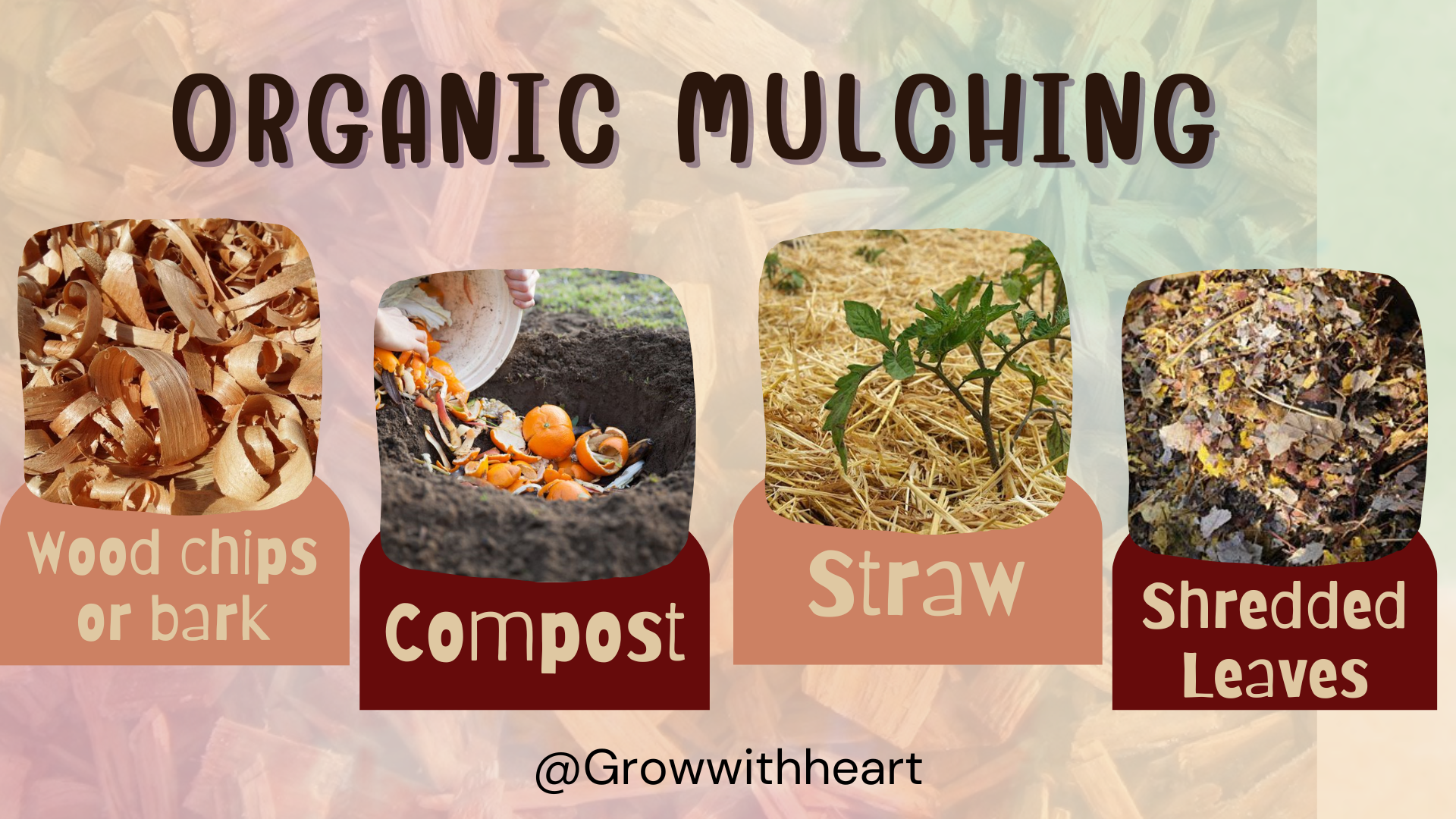
Benefits of Mulching
Mulching not only helps improve soil health but also makes your garden look neat and tidy. It reduces the need for frequent watering, keeps the soil cool in summer, and prevents soil erosion.
Step 7: Maintain Your Healthy Soil
Building healthy soil is an ongoing process. Regular maintenance will keep your soil fertile and productive for years to come.
Keep an Eye on Soil Health
Regularly test your soil to monitor pH levels, nutrient content, and organic matter. Based on the results, you can adjust your soil care routine.
Add Organic Matter Every Year
Each year, add a fresh layer of compost or other organic matter to your garden beds. This helps replenish nutrients and maintain good soil structure.
Practice No-Till Gardening

No-till gardening means not disturbing the soil by digging or tilling. Instead, you add organic matter to the soil surface and let earthworms and microbes do the work. This method preserves soil structure and keeps microorganisms happy.
Conclusion
Building healthy soil from scratch is a rewarding process that lays the foundation for a thriving garden or farm. By understanding your soil’s current condition, adding organic matter, balancing pH, and supporting beneficial microorganisms, you can create a rich, fertile environment that promotes strong plant growth.
Regular maintenance, such as adding compost and practicing no-till gardening, ensures that your soil remains productive for years to come.
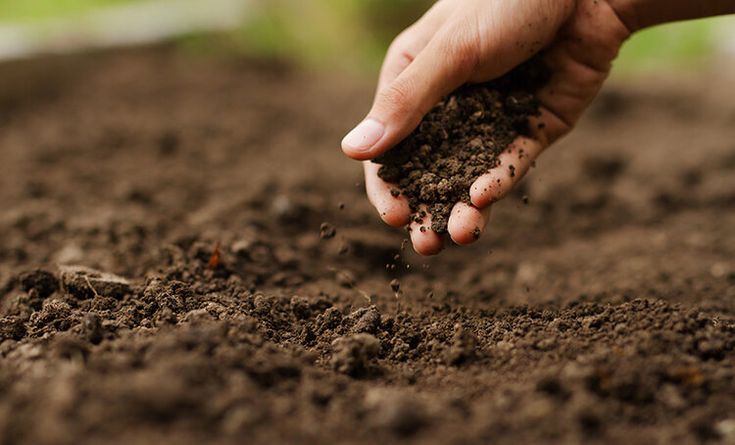
Healthy soil is the key to successful gardening, offering your plants the nutrients, structure, and life they need to flourish.
With patience and care, you’ll transform your soil into a vibrant ecosystem that supports bountiful harvests and beautiful landscapes. Start today, and watch your garden thrive!

Pingback: "Why Crop Rotation is the Secret to Sustainable Farming"
Pingback: Tips for Maintaining Soil Fertility!